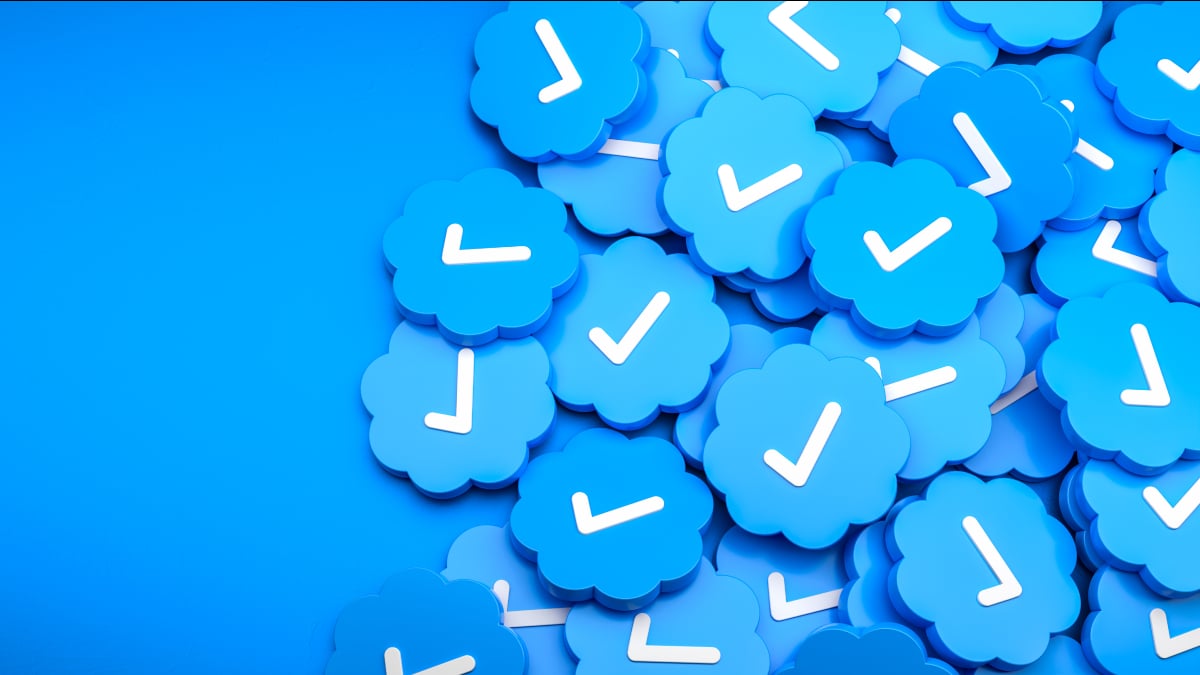Twitter is undergoing some pretty major changes, thanks to fresh policies put in place following the site’s acquisition by Elon Musk.
The new “Chief Twit” has been rolling out a new version of Twitter for several months now, starting with an announcement that, in order to obtain the blue checkmark formerly reserved for public figures, users will need to pay a monthly fee. The blue checkmark was once used to differentiate between real accounts and their many, many fakes, but with Musk’s moneymaking alternative anyone can obtain a blue checkmark for $7.99 a month. This low cost on free speech was quickly labeled as ironic and foolhardy, but Musk has every intent to maintain the policy.
He’s not stopping at blue checkmarks, either. The new version of Twitter will instead sport a range of verification labels, each intended to indicate different types of accounts. Here’s a look at each new label, and what they mean on Musk’s Twitter.
Twitter’s verified badges
Before the Musk takeover, Twitter sported a single badge color. A blue check was the only indicator of verified accounts, and there was no variety to indicate what kind of account it was. That means that journalists, politicians, celebrities, and business accounts all sported the same blue checkmark, as broad confirmation that they were a real public figure and not an imitation. Musk’s latest change to Twitter will see several new badges join the blue checkmark, in hopes of better differentiating between verified accounts.
The blue checkmark
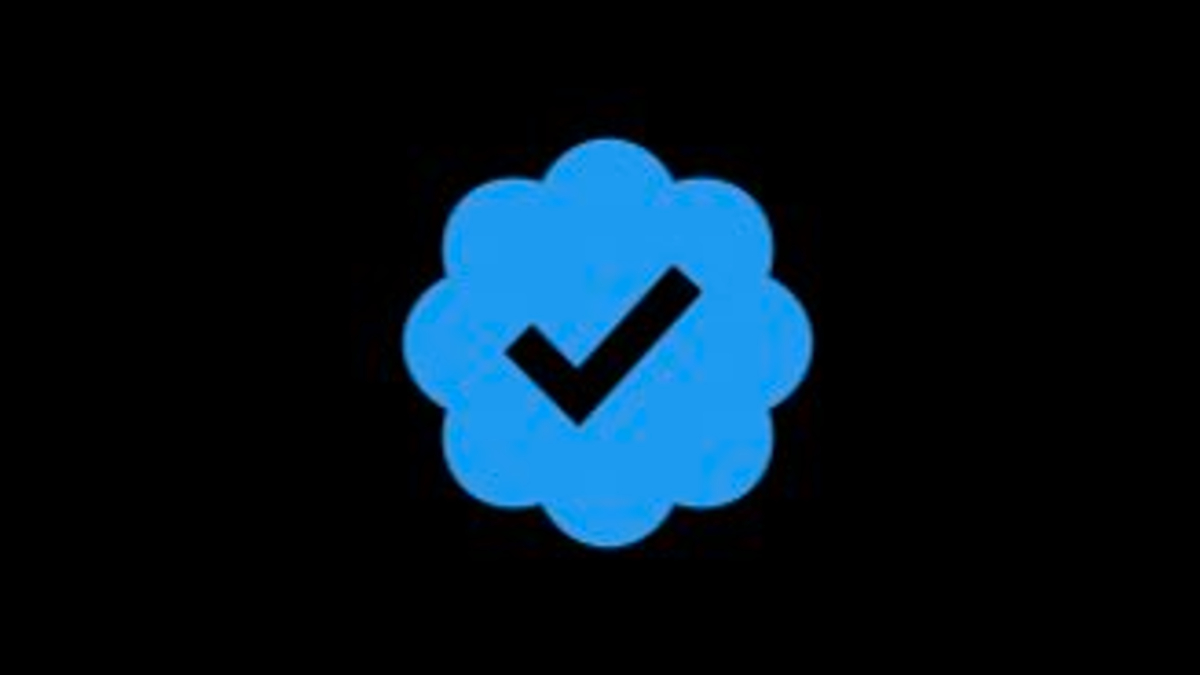
First, we have the classic blue. In order to obtain “Twitter Blue,” users will need to shell out $7.99 a month, but with that price tag comes the coveted verification label. Anyone can pay for verification, under this fresh policy, and anyone unwilling to do so will lose their verified status. Verified users get priority when it comes to replies, mentions, and search features, and will be the only ones able to vote in polls regarding Twitter policy going forward.
The yellow checkmark
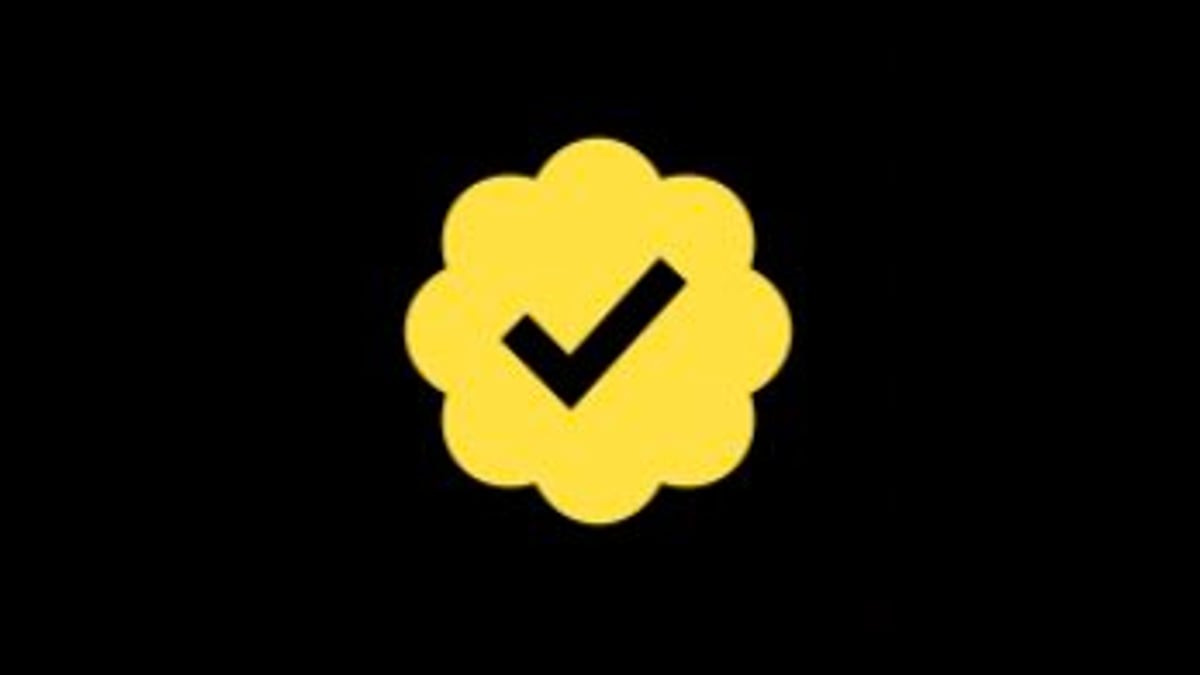
A yellow checkmark joins the traditional blue as a fresh addition to Twitter’s lineup. It will indicate which of the site’s verified accounts belong to businesses, as a way to combat against fake accounts. News that anyone could pay for a checkmark quickly encouraged users to take advantage and create parody accounts, and the various colored badges will work to make this more difficult.
Avatars belonging to businesses also recently underwent a change, once again in an effort to better differentiate between personal and business accounts. The avatars for businesses will now appear as squares, while personal accounts remain circular.
The grey checkmark
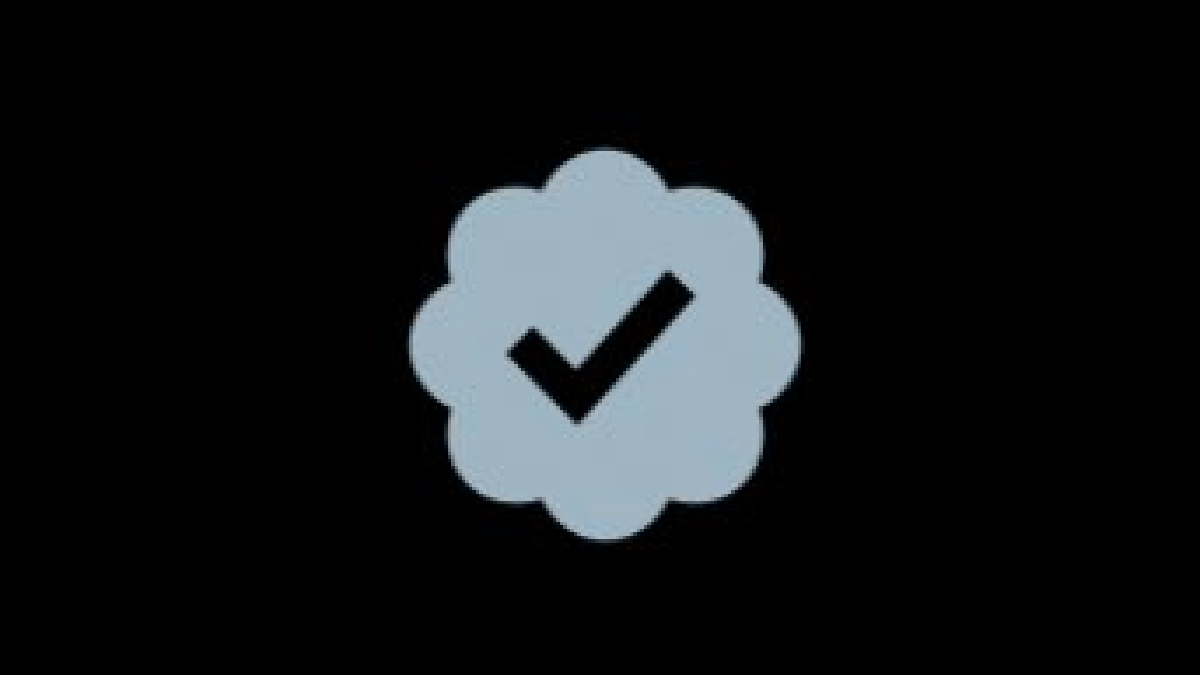
The newly-debuted grey checkmark is yet another fresh addition to Twitter’s selection. It is intended to indicate which accounts belong to “government and multilateral accounts.” Governmental figures, offices, and other commonly-used accounts will gradually shift over to the grey checkmark, in an effort to keep them separate from both personal and business accounts.
The blue square
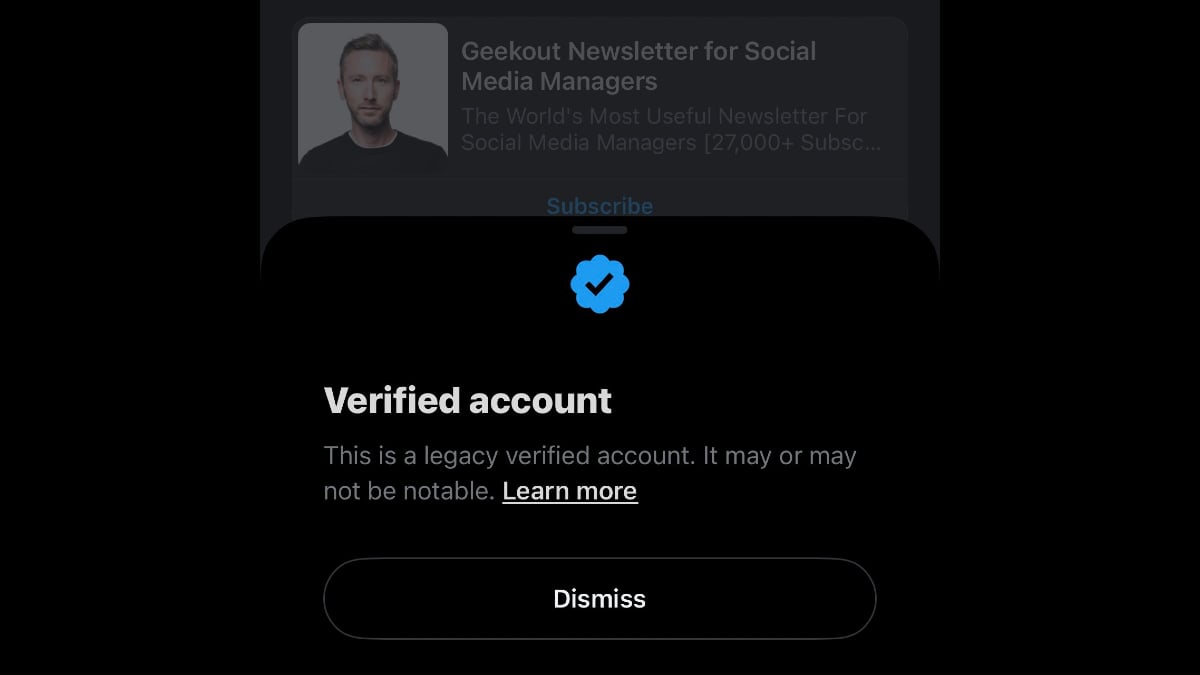
Accounts that were previously verified, and chose to pay the fee to maintain verification, will also get their own designation. These accounts, dubbed “legacy verified,” are indicated through a blue square, rather than a blue circle.
Other Twitter badges
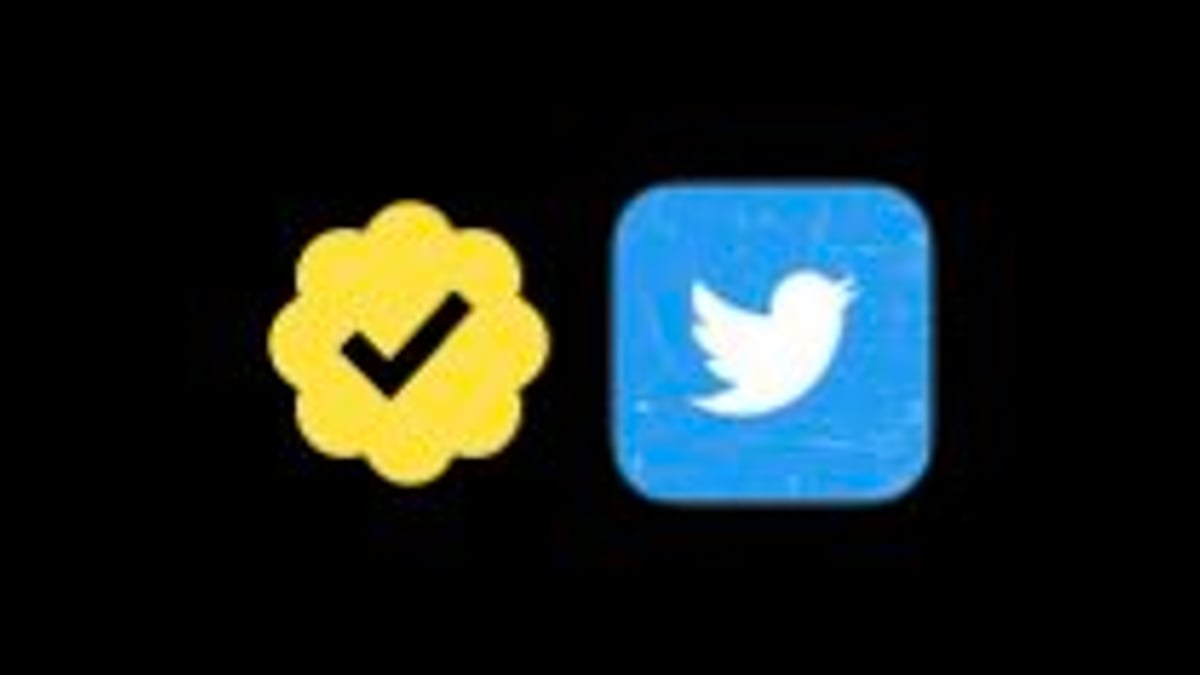
Several other new additions will join grey and yellow checkmarks, as Twitter continues to hone in on the separation between account types. Labels attached to specific accounts will help to clarify their affiliations, as well as determine if they are run by bots, and Twitter affiliates, along with personal affiliates, will get indicators, typically via a Twitter logo situated next to the colored checkmark.

